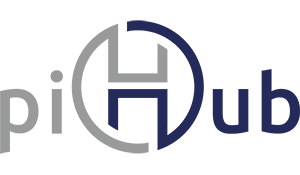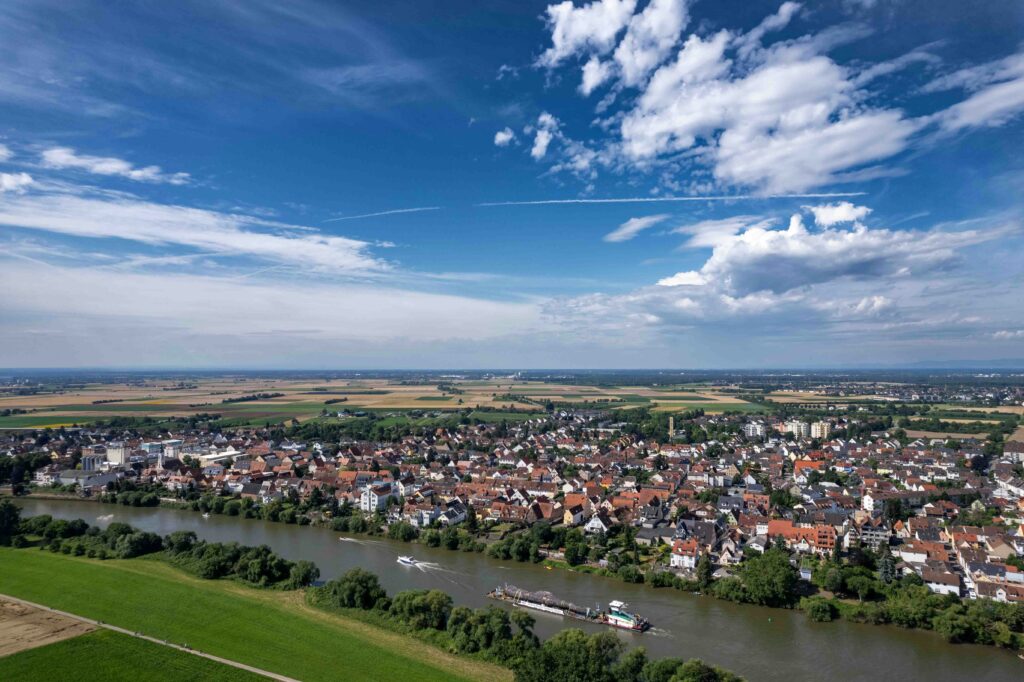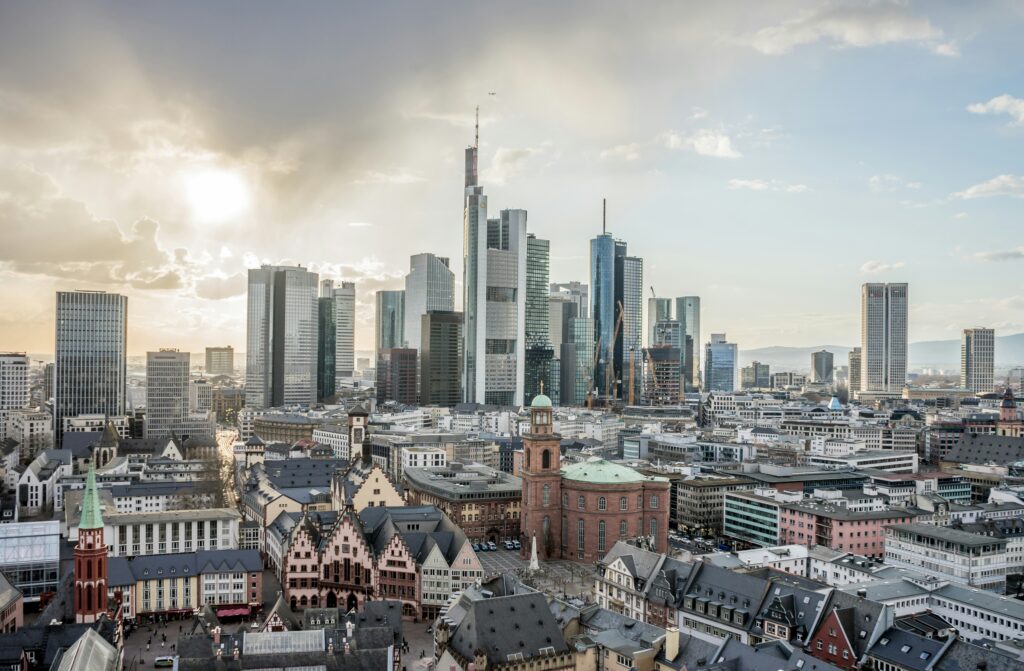A Market Finding Its Footing
Germany’s real estate landscape continues to consolidate, with investment activity showing clear signs of recovery. The market has recorded an impressive 8.3% increase in active projects compared to February 2025, bringing the total to 472 projects worth €15.1 billion. This growth comes amid significant policy changes, including the dilution of Germany’s debt brake by the incoming government.
“We’re witnessing a strategic shift in how capital is being deployed across the German market,” says Thomas Roell, Managing Partner and CEO of PiHub. “Investors are adopting a more diversified approach, focusing on mid-sized developments rather than mega-projects, which demonstrates both confidence in market fundamentals and prudent risk management.”
Project Pipeline Signals Strong Developer Confidence
The health of any real estate market can be gauged by examining its project pipeline, and Germany’s numbers tell a compelling story of strategic repositioning:
- Pre-planning phase projects have surged by 16.5% (225 vs. 193 last month), indicating strong developer confidence and a robust future pipeline
- Planning phase projects remain stable (247 vs. 243 last month), showing steady progression toward execution
What’s particularly notable is the shift in project scale. The largest project in the pipeline is now valued at €500 million, significantly lower than the €1.2 billion peak observed in February 2025. Meanwhile, the smallest project sits at €4.3 million, down from €6.0 million. This pivot toward mid-sized developments reflects a deliberate strategy of risk diversification and capital efficiency in an evolving market.
Private Debt: The New Financing Backbone
This strategic repositioning in project size has coincided with—and been enabled by—fundamental changes in how German real estate is being financed. As traditional banks maintain conservative lending criteria despite ECB rate cuts, private debt has emerged as the critical financing vehicle:
- Private debt deployment has increased by 15-20% compared to 2024
- Yields remain attractive at 7% for senior debt and 11-14% for mezzanine financing
This trend is particularly pronounced in the very mid-sized deals (€50-200 million) that developers are increasingly pursuing. The growing demand for flexible financing solutions creates significant opportunities for investors in the private debt space who can offer the customized structures that traditional banks often cannot provide.
Sector-Specific Growth Creates Diversified Opportunities
The third major transformation is occurring at the sector level, where different segments of the market are showing varied growth trajectories:
- Residential: The persistent 400,000-unit housing shortfall continues to drive demand, with investors focusing on affordable and mid-market segments in supply-constrained cities like Berlin, Munich, and Hamburg
- Commercial: Office space is showing signs of recovery with a 22% increase in new project starts, reflecting renewed corporate leasing activity
- Infrastructure: The highest-growth segment (47% YoY increase) is being fueled by digital infrastructure and energy transition projects, attracting both domestic and international capital
These sector-specific trends are further shaped by the macroeconomic environment, where Germany’s inflation rate has eased to 2.4%, strengthening expectations of further ECB rate cuts in 2025. Meanwhile, the dilution of the debt brake policy is expected to particularly benefit infrastructure and associated real estate developments.
What This Means for You
For real estate investors, these three transformations—project size recalibration, private debt dominance, and sector-specific growth opportunities—create a strategic framework for engagement:
- Entry timing is favorable as valuations stabilize and financing costs moderate following ECB rate cuts
- Private debt investments offer attractive risk-adjusted returns, particularly in the mid-market segment where traditional bank financing remains constrained
- Sector diversification can optimize returns – consider balancing exposure across residential developments addressing Germany’s housing shortage, recovering commercial assets in prime locations, and high-growth infrastructure projects
- Project size matters – the market shift toward mid-sized developments (€50-200 million range) offers potentially better risk-adjusted returns than mega-projects
- Policy awareness is crucial – stay informed about the incoming government’s infrastructure initiatives and debt brake policies, as these will create new investment opportunities, particularly in projects with public-private components
The German real estate market is entering a recovery phase with strong fundamentals supporting sustained growth into 2025-2026. By understanding and positioning for these three key transformations, investors can strategically capitalize on Germany’s evolving real estate renaissance.
At PiHub, our deep local connections and market expertise can help put your capital to work in high-potential German real estate and infrastructure opportunities that others miss.
To learn more, schedule a consultation with our investment team today.




